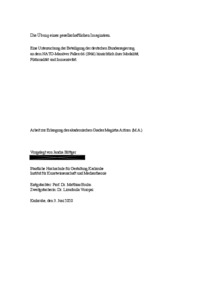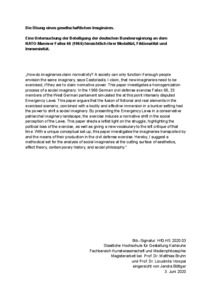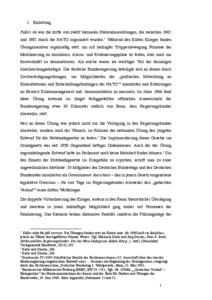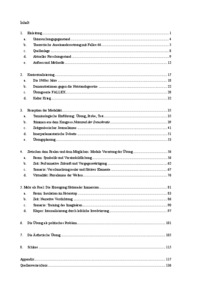Die Übung eines gesellschaftlichen Imaginären

Die Übung eines gesellschaftlichen Imaginären
Jandra Böttger
| Title |
|
| Subtitle |
|
| Author | |
| Description (de) |
|
| Description (en) |
|
| Category | |
| Keywords | |
| Date |
|
| Language | |
| Location: institution |
4 Items
- Page 1 of 1

| Title |
|
| Subtitle |
|
| Author | |
| Description (de) |
|
| Description (en) |
|
| Category | |
| Keywords | |
| Date |
|
| Language | |
| Location: institution |


